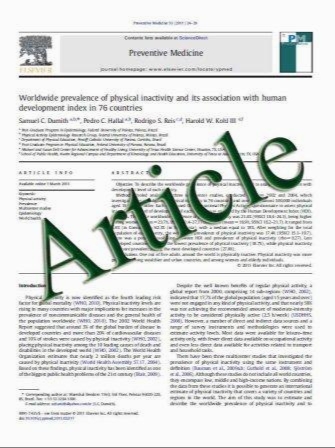Subtrochanteric femoral fractures: a comparative study of the long proximal femoral nail and the long trochanteric fixation nail
- نوع فایل : کتاب
- زبان : انگلیسی
- مؤلف : E. Munکoz-Mahamud E. Garc´a-Oltra J. A. Ferna´ndez-Valencia J. A. Zumbado J. R´os S. Suso G. Bori
- چاپ و سال / کشور: 2010
Description
Subtrochanteric femoral fractures are expected to increase in the coming years. Despite the improvement of implants and surgical techniques, failures due to complications are still considerable. This article reports a retrospective review of patients who showed a subtrochanteric femoral fracture and who were treated consecutively with the Long Proximal Femoral Nail (LPFN) from January 2001 to August 2004, or with the Long Trochanteric Femoral Nail (LTFN) from January 2005 to January 2008. A total of 43 patients with 44 subtrochanteric femoral fractures were included in the study: 23 were treated with the LPFN and 21 with the LTFN. The number of complications related to the LPFN was eight (two re-interventions) against only one related to the LTFN (no re-interventions). haemoglobin decrease was on average higher in the group treated with the LPFN (35.5 g/L) than with the LTFN (30.4 g/L), and so was the number of patients needing for red blood cell concentrates transfusion (15 and 9, respectively). Mortality at the sixth-month follow up was higher in the group treated with the LTFN. The average surgery time was similar in both groups. The percentage of patients capable of walking within the first postoperative week was similar in both groups as well as time to discharge and the consolidation time. Both the LPFN and the LTFN are reliable implants for the treatment of subtrochanteric fractures of the femur. New features related to the LTFN might decrease the number of complications as well as the need for red blood cell concentrates transfusion.
Eur J Orthop Surg Traumatol DOI 10.1007/s00590-010-0741-2 Received: 16 July 2010 / Accepted: 15 December 2010


